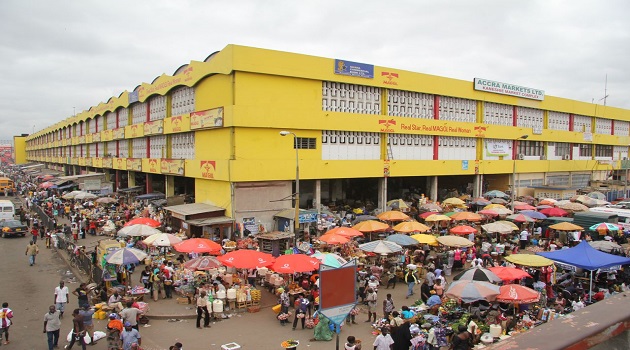
Cost of transportation dominated factors that pushed inflation above 20 percent in 2024.
According to the Ghana Statistical Service, this factor contributed to food inflation going up due to the high cost of transporting foodstuffs from the farmgate to consumers.
Reviewing the consumer price index variables recently, Data Scientist at the Ghana Statistical Service Simon Tichutab called for a multi-stakeholder approach to address the high cost of transporting foodstuffs to markets.
For example, moving tubers such as yam and cassava from the country’s middle belt to markets in southern parts leads to astronomical price increases.
Unfortunately, this is passed on to consumers and leads to food inflation going up. This is a major hurdle that must be addressed if controlling food inflation is to be achieved.
This trend has continued for some years, indicating a pattern that affects food prices.
The Ghana Statistical Service made this disclosure at a stakeholder engagement to review the 2024 trends of consumer price indices and items driving inflation in Ghana.
The meeting highlighted how importanit is to understand complex factors contributing to consumer price inflation – which engendered discussions on developing comprehensive strategies to address the issues.
Headline inflation came in higher than expected for December 2024, closing the year with a feeling of anti-climax as the late year upturn completely eroded the second-quarter downturn of 2024.
Annual inflation went up 80 basis points s to 23.8% in December 2024, exceeding the authorities’ 22.0% target upper outer band under the IMF programme by 180 basis points.
Food inflation continued to heat up, accelerating by 190 basis points to 27.8% year-on-year and sustaining the general price pressure in the final months of 2024.
The post Transportation costs drive up food inflation appeared first on The Business & Financial Times.
Read Full Story














Facebook
Twitter
Pinterest
Instagram
Google+
YouTube
LinkedIn
RSS